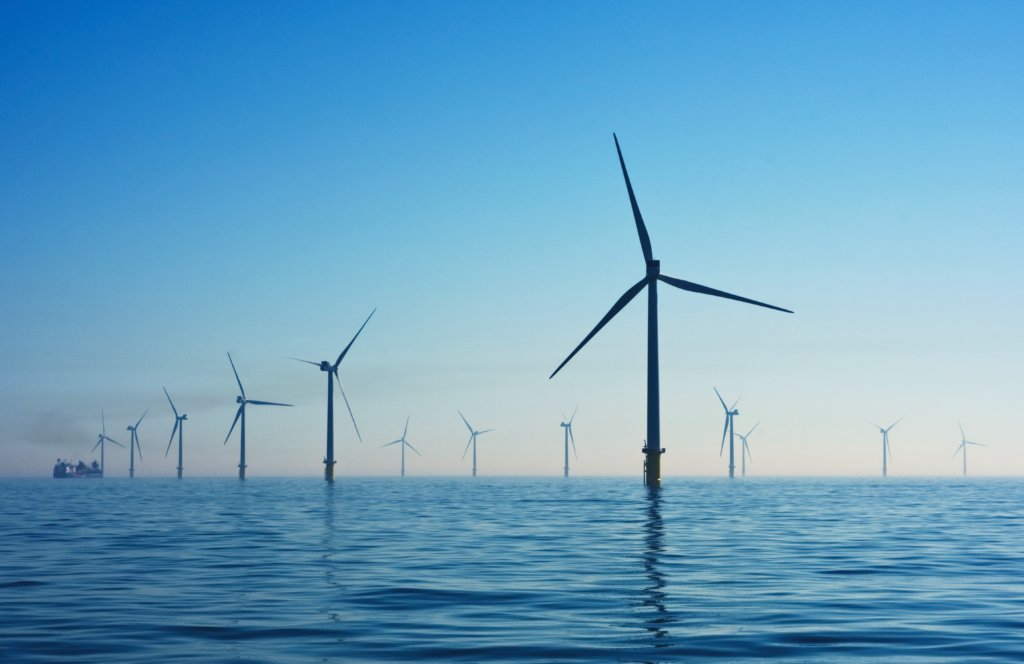In order to thoroughly implement the major strategic decisions of carbon peaking and carbon neutrality and to explore differentiated institutional mechanisms for climate investment and financing, on 23 December 2021 the MEE together with other 8 administrative bodies and finance intuitions, namely the NDRC, Ministry of Industry and Information Technology (MIIT), MoHURD, PBoC, State Asset Supervision and Administration Commission of the State of Council (SASAC), China Banking and Insurance Regulatory Commission (CBIRC), China Securities Regulatory Commission (CSRC) and National Government Office Administration circulated the Notice of the Pilot Work on Climate Investment and Financing (and attached the drafted Climate Investment and Financing Pilot Work Scheme), which is regarded as the decision to launch the climate finance and investment pilot work. The Notice requests provinces/cities/departments which are willing to apply for the climate investment and financing piloting to submit their applications to the MEE DCC before18 January 2022 and MEE will determine the list of pilots after consultation with relevant ministries.

The Climate Finance and Investment Pilot Work Scheme:
- Definition of climate investment and financing:
Climate investment and financing refers to the investment and financing of activities which guide and mobilize incremental capital to address climate change in order to achieve the NDC and low-carbon development. Climate investment and financing is an important part of green finance. The scope of support includes both mitigation and adaptation.
1. Mitigation of climate change. This includes adjusting the industrial structure, actively developing strategic emerging industries; optimizing energy structure, vigorously developing non-fossil energy, implementing energy-saving and carbon-reducing transformation projects; carrying out pilot demonstrations of carbon capture, utilization and storage; controlling greenhouse gas emissions from non-energy activities such as industry, agriculture and waste disposal; and increasing forests, grasslands and other carbon sinks.
2. Adaptation to climate change. Including improving the adaptive capacity of agriculture, water resources, forestry and ecosystems, oceans, meteorology, disaster prevention, mitigation and relief, and other key areas; strengthening adaptation infrastructure, accelerating infrastructure development, and improving scientific and technological capabilities.
(B) Pilot objectives
Through the efforts of 3 to 5 years, the pilot areas basically form a policy environment conducive to the development of climate investment and financing, cultivate a number of climate-friendly market players, explore a number of climate investment and financing development models, create a number of international cooperation platforms for climate investment and financing, so that various factors and resources such as capital, talent, technology, etc. can fully gather in the field of climate investment and financing.
(C) Key tasks for piloting
1. Preparation of pilot scheme. Guide the pilot localities taking local contexts into consideration, prepare the pilot work scheme and pilot implementation plan. Establish cross-sectoral work coordination mechanism, clear division of responsibilities, detailed timeline and road map (led by the MEE, and relevant departments according to the division of responsible functions).
2. Curb the “two high” projects’ blind development. The pilot areas must firmly curb the blind development of the “two high” projects and implement regional and industry carbon peak action plans and double control of energy consumption, clean energy substitution, clean transportation, total coal consumption control and other policy requirements. (NDRC and MEE take the lead, and relevant departments according to the division of responsible functions).
3. Develop carbon finance in an orderly manner. Guide pilot areas to actively participate in the construction of the national carbon market, research and promote the development of carbon financial products, and further stimulate the vitality of carbon market transactions. Encourage pilot local financial institutions to explore carbon financial services, including carbon funds, carbon asset pledge loans, carbon insurance, and to effectively prevent financial risks and promote the innovative development of the carbon financial system. (MEE, PBoC, CBIRC, and CSRC are responsible for their respective work.)
4. Strengthen carbon accounting and information disclosure. Guide pilot areas to strengthen the supervision and management of enterprise carbon emission accounting, explore the development of enterprise carbon accounting systems, regularly carry out enterprise carbon audits, and strictly prevent enterprises from falsifying carbon data. Guide pilot places to establish a climate information disclosure system with public commitments by enterprises, public disclosure of information in accordance with the law, and extensive supervision by society. Encourage pilot areas to establish environmental information disclosure platforms to facilitate financial institutions to carry out carbon accounting and climate information disclosure in accordance with relevant national standards (MEE, PBoC, CBIRC and CSRC are responsible for their respective work).
5. Strengthen the innovation of models and tools. Encourage financial institutions in pilot areas to innovate climate-friendly green financial products and services and provide effective financial support. Encourage eligible climate-friendly enterprises in the pilot areas to raise and refinance funds through the capital market. Encourage pilots to promote the participation of SMEs and the public in addressing climate change through market-based approaches. Encourage pilot areas to improve risk management systems and establish mechanisms for loss sharing, risk compensation, and guarantees and credit enhancements. Encourage pilot areas to conduct scientific evaluation and public surveillance for the performance of the climate-friendly performance of enterprises (PBoC, CBIRC, CSRC, and MEE are responsible for the division of labour).
6. Strengthen policy coordination. Guide pilot localities to effectively identify key issues and market barriers that hinder the development of climate investment and financing and promote the formation of a systematic response between local policies and the achievement of national goals for addressing climate change and carbon neutrality. To introduce local incentive measures to guide various types of investment and social capital to accurately allocate climate investment and financing targets (all relevant departments will be responsible for their respective work).
7. Build a national climate investment and financing project bank. Encourage pilot localities to benchmark with the national climate investment and financing project bank, cultivate climate investment and financing projects in the region, create an information matching platform for climate projects and funds, guide and support the development of advanced low-carbon technologies, and guide financial institutions to provide better financial services to the projects in the bank in accordance with market-oriented principles. (MEE takes the lead, and all relevant departments will be responsible for their respective work).
8. Strengthen the construction of talent teams and international exchange and cooperation. Encourage banking and financial institutions and insurance companies in the pilot areas to strengthen their professional capacity and talent building and make climate investment and financing an important part of green finance business development. Encourage pilot places to establish regional climate investment and financing industry promotion centers. Support international financial organizations and multinational companies to carry out climate investment and financing business in the pilot areas, and actively attract offshore financing. Support pilot areas to host or organize international conferences on climate investment and financing (all relevant departments are responsible for the division of labor).
(D) Application criteria
1. Located in national new areas and prefecture-level cities and encourage the integrated development of national new areas and provincial capital cities.
2. In the past three years, the applicant pilot areas completed the annual and progress target tasks of greenhouse gas control, carbon intensity reduction, non-fossil energy consumption ratio, forest coverage and other binding indicators to address climate change; no major environmental pollution or ecological damage has occurred in recent years.
3. Priority will be given to new national-level regions and regions that have carried out national-level pilot projects in the field of climate change mitigation and adaptation and achieved certain achievements and experiences, including but not limited to low-carbon city pilot projects, adaptation city pilot projects, low-carbon town pilot projects, low-carbon industrial parks, eco-industry demonstration parks, low-carbon communities, near-zero carbon emission demonstration zones, green financial reform and innovation pilot zones, carbon emission trading pilot projects, etc. Encourage the integration with the current ecological civilization construction, green low-carbon cycle development, reform and innovation experiments and other related pilot demonstrations.
